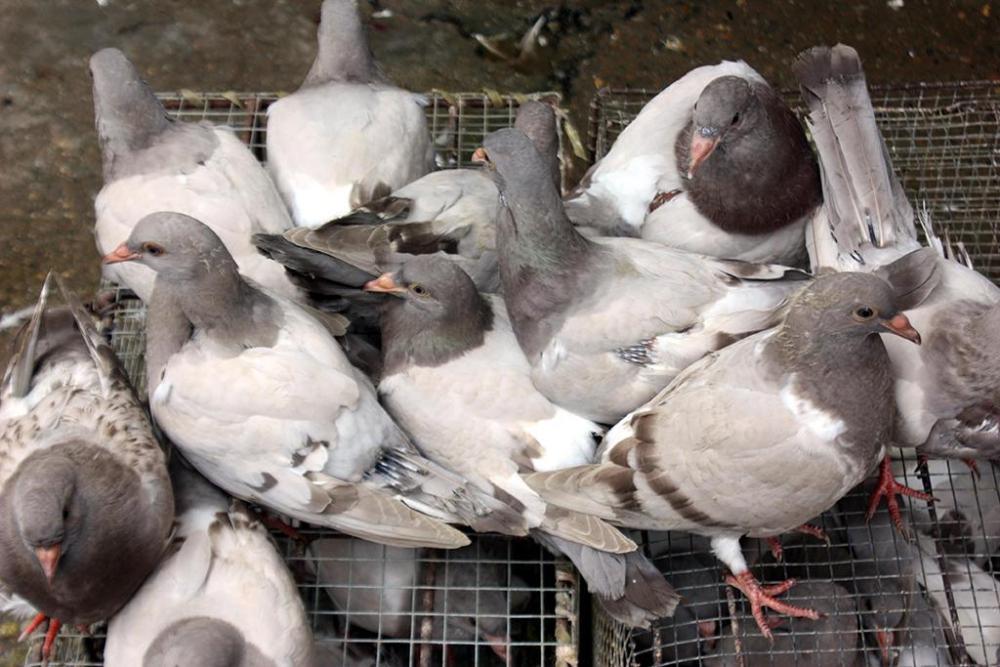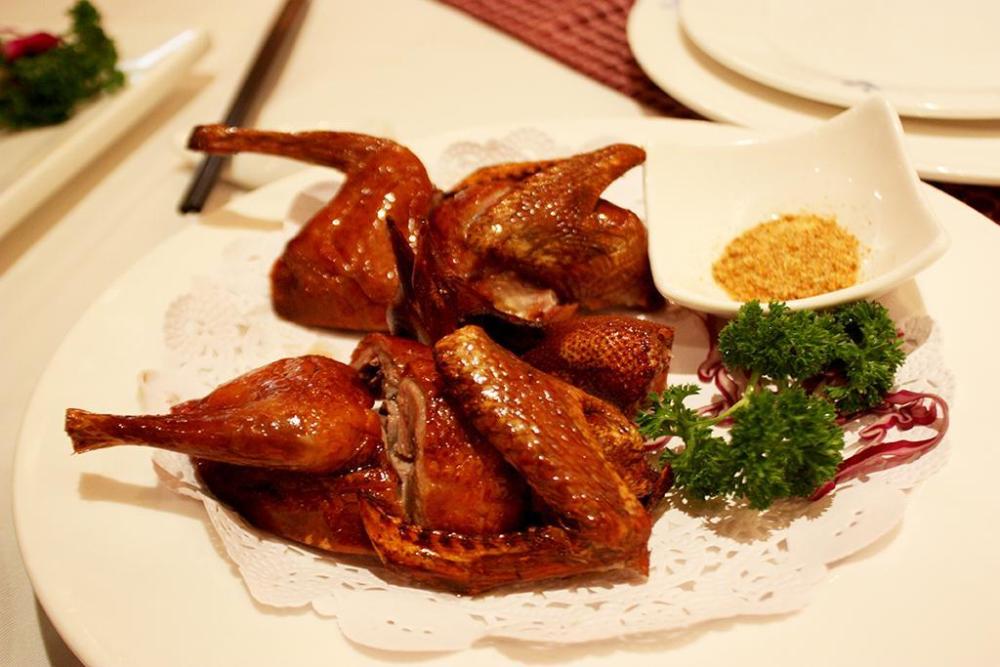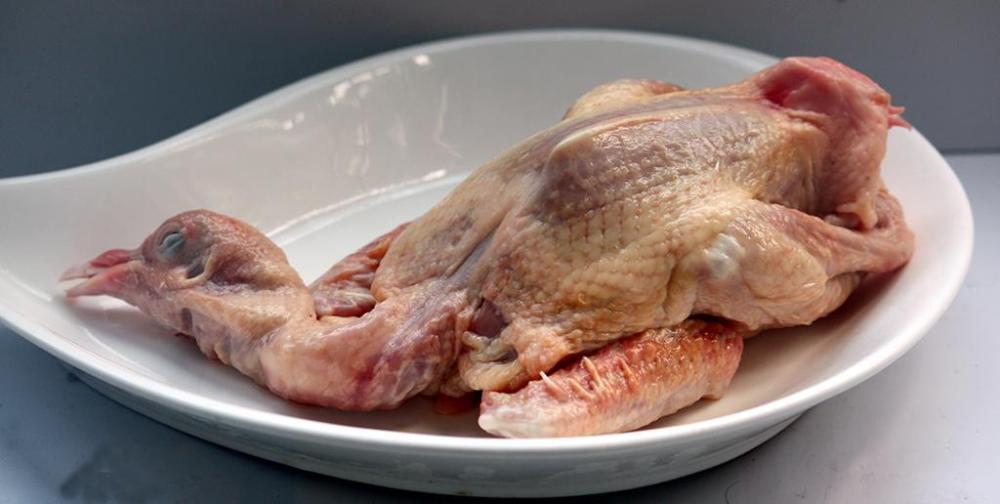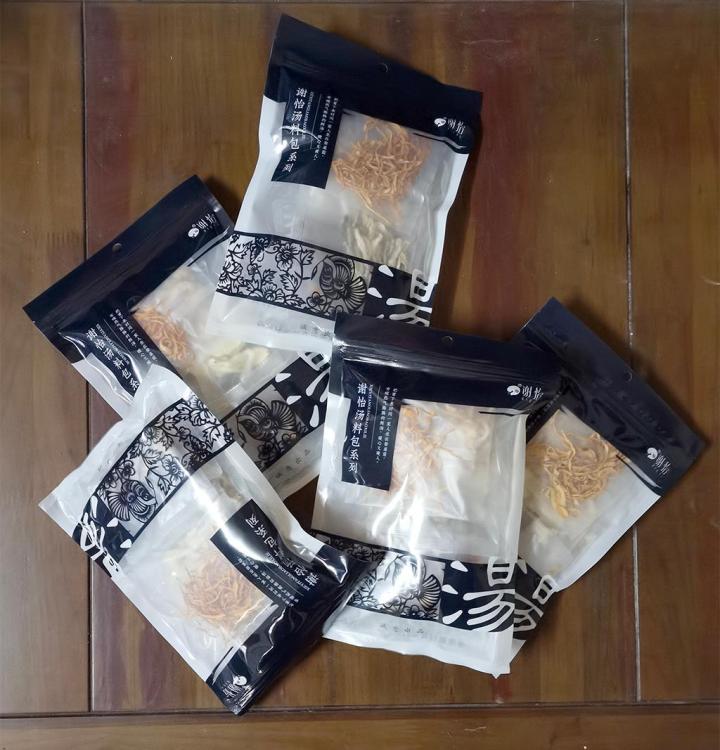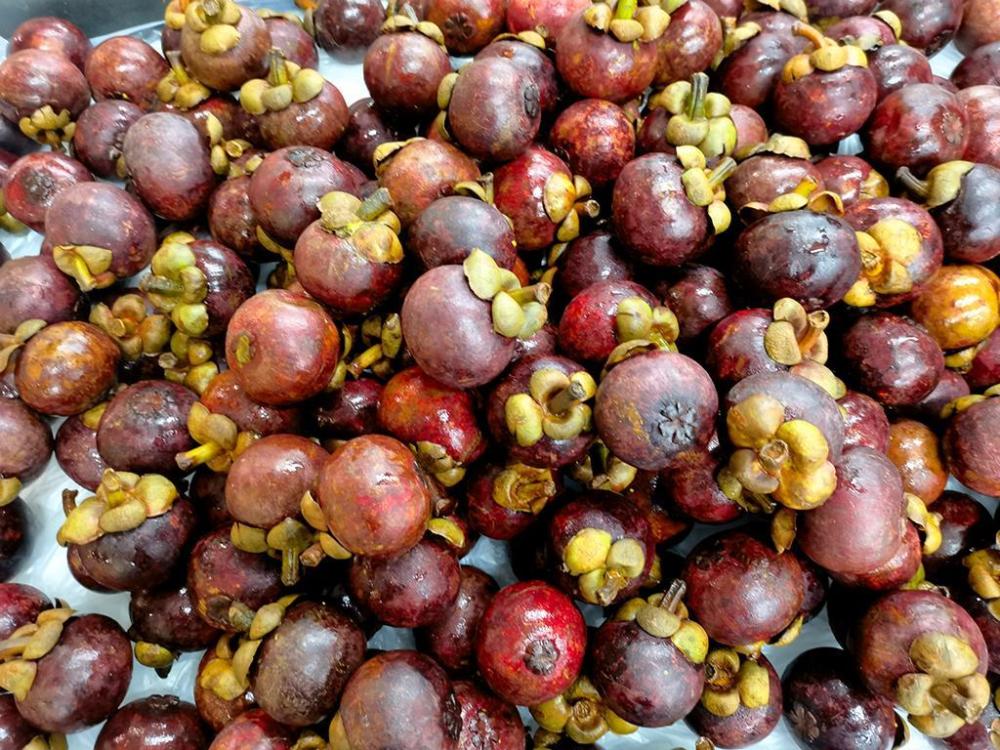-
Posts
16,679 -
Joined
-
Last visited
Content Type
Profiles
Forums
Store
Help Articles
Everything posted by liuzhou
-
Interesting recipe, but 'mixie jar' threw me! Mr Google suggests it is very Indian! I'll use my string pull chopper instead. If I get round to making it.
-
Are you suggesting that you don't? Nothing better than a Hong Kong style roast pigeon or a pigeon soup. Big thing round here. Well not big. Quite small actually. but popular. I have restocked. Three in freezer now. Most markets have them.
-
Thanks. Actually, I feel OK. I haven't used it yet, but no ginseng listed on the package. I do have one ginseng root in the freezer, though. I could supplement the medical!
-
I was chatting online yesterday with my publisher friend, whom I mentioned a few posts back. I mentioned that I thought I may be developing a slight summer cold. This morning this arrived at my door. Five bags of Traditional Chinese Medicine soup ingredients to be mixed into a pigeon soup. The contents are mainly dried fungi - morels, agaricus subrufescens (almond mushroom), pilose antler mushrooms, cordycep militaris, chanterelles, wild oyster mushrooms, wild shiitake. Alsos contains goji berries and jujubes. Fortunately i had one pigeon in the freezer! I've three more on the way. Lot of soup in my immediate future.
-
Mangosteens. Discussed at length up-thread.
-
I don't know. I just thought people might be interested in my friend's translation. Buit considering matcha and the "Japanese" tea ceremony both came from China (even the word is Chinese), I w ouldn't be surprised. I'm not a tea drinker, though.
-
@KennethT Not a lot of these in Iceland, I'd wager. $1.30 USD / 500 grams in the supermarket this morning
-
from a friend, a fellow Liuzhou person. https://www.rachelleslab.com/post/tao-gu-on-the-art-of-tea
-
Well, I'll file that with the self-proclaimed vegetarians who eat fish or even chicken. Vegetarians or vegetables?
-
Well, you can re-define 'vegetarian' any way you choose, but for most it means abstaining from foods which involve products from dead animals. Most cheese does involve such products. Not that I mind!
-
Technically correct just means correct. None of the vegetarians I know (sad people) eat cheese unless they know it is truly vegetarian. 99% isn't.
-
Well, milk is vegetarian, but not vegan.
-
Nor is cheddar usually vegetarian. It uses animal rennet. The scrapings of animals' stomachs. Neither vegetarian or vegan!
-
Ploughman's lunches are rarely vegetarian! Thank heavens! Cheddar cheese is rarely vegetarian. Ploughmen certainly aren't!
-
Really? I'm 100% British and seldom butter bread in sandwiches; nor do many people. I want to savour the ingredients of choice. Not grease. I butter my toast!
-
Or both!
-

Eating and Hiking Around Southern Iceland: A Taste
liuzhou replied to a topic in Elsewhere in Europe: Dining
Pervert! 🤣 -
Love sick? Heart broken? Worry ye not. Here is a 17th century recipe to set you straight. https://shakespeareandbeyond.folger.edu/2022/06/28/heartsease-cordial-adapting-early-modern-recipe-pansies/
-
???
-
Er, I don't know about where you are, but in my hometown in Scotland, pretty much all fish is hung to be smoked. Salmon, cod, herring, haddock, etc
-
Japan has had a huge influence on Taiwan's cuisine. The Japanese did occupy it for 50 years, ending in 1945. I wouldn't use Lee Kum Kee. Apart from that company being low quailty, dark soy sauce in stir fried greens is not a great idea. Dark soy is only really used for colour; not flavour. I'd go with the Kikkoman until you can replenish your Pearl River supply.
-
I've never tried to climb the tree - I can hardly climb the stairs to my apartment, at my age! Harvesting is mainly done by people up ladders, although I'm sure the birds and other critters get a few. | There are images of the harvest upthread here.
-
The only thing I learned in grad school was never to eat hot dogs!





